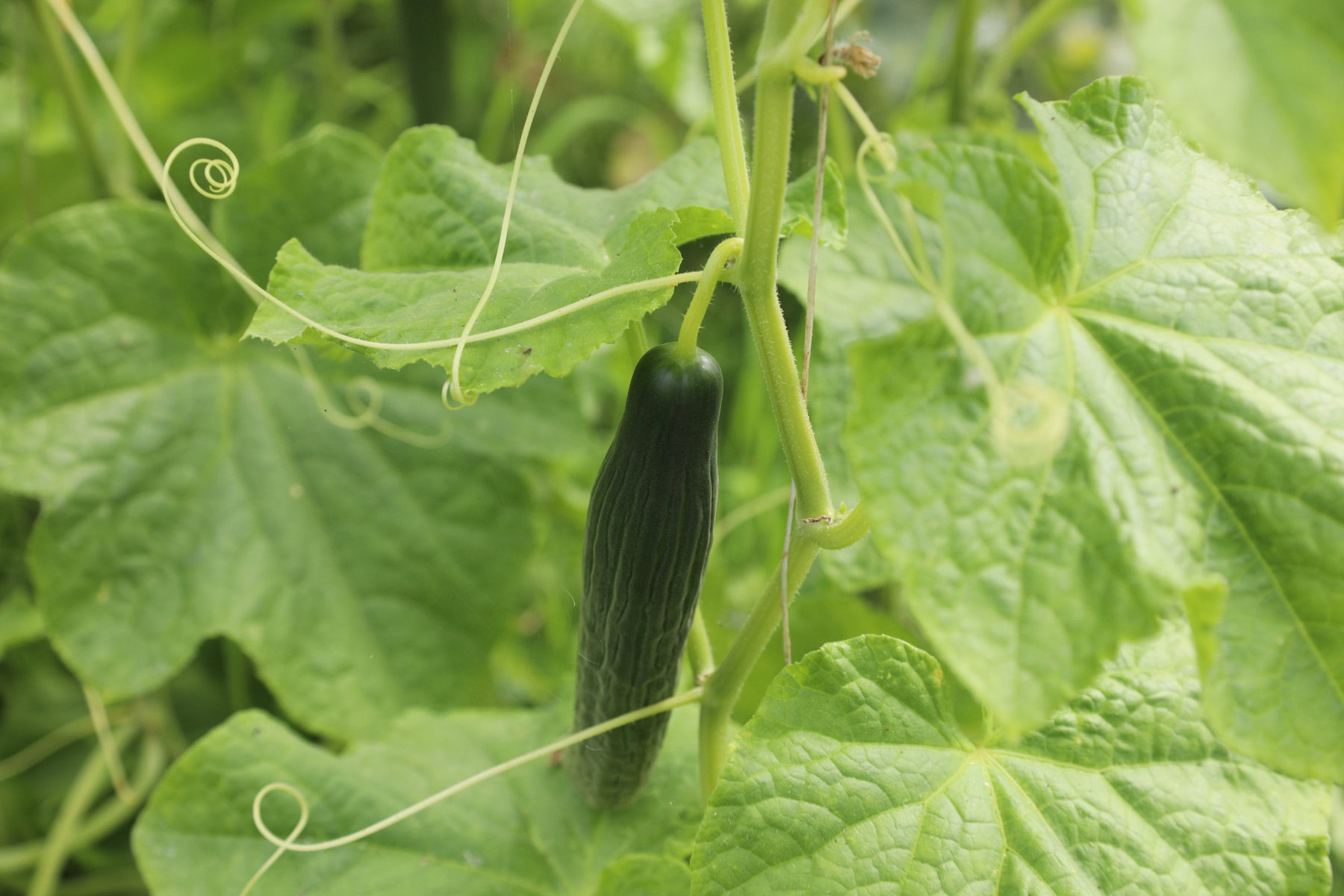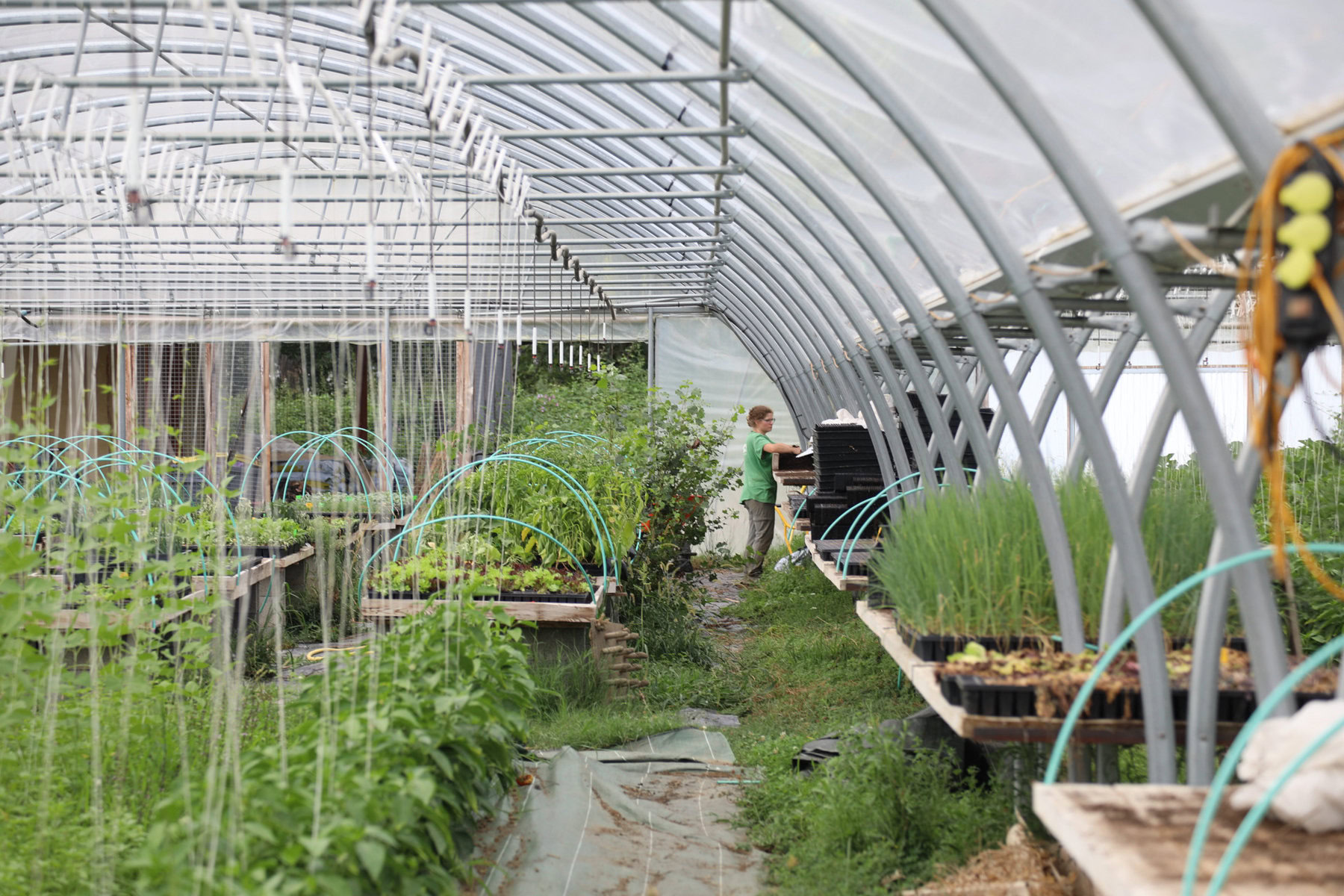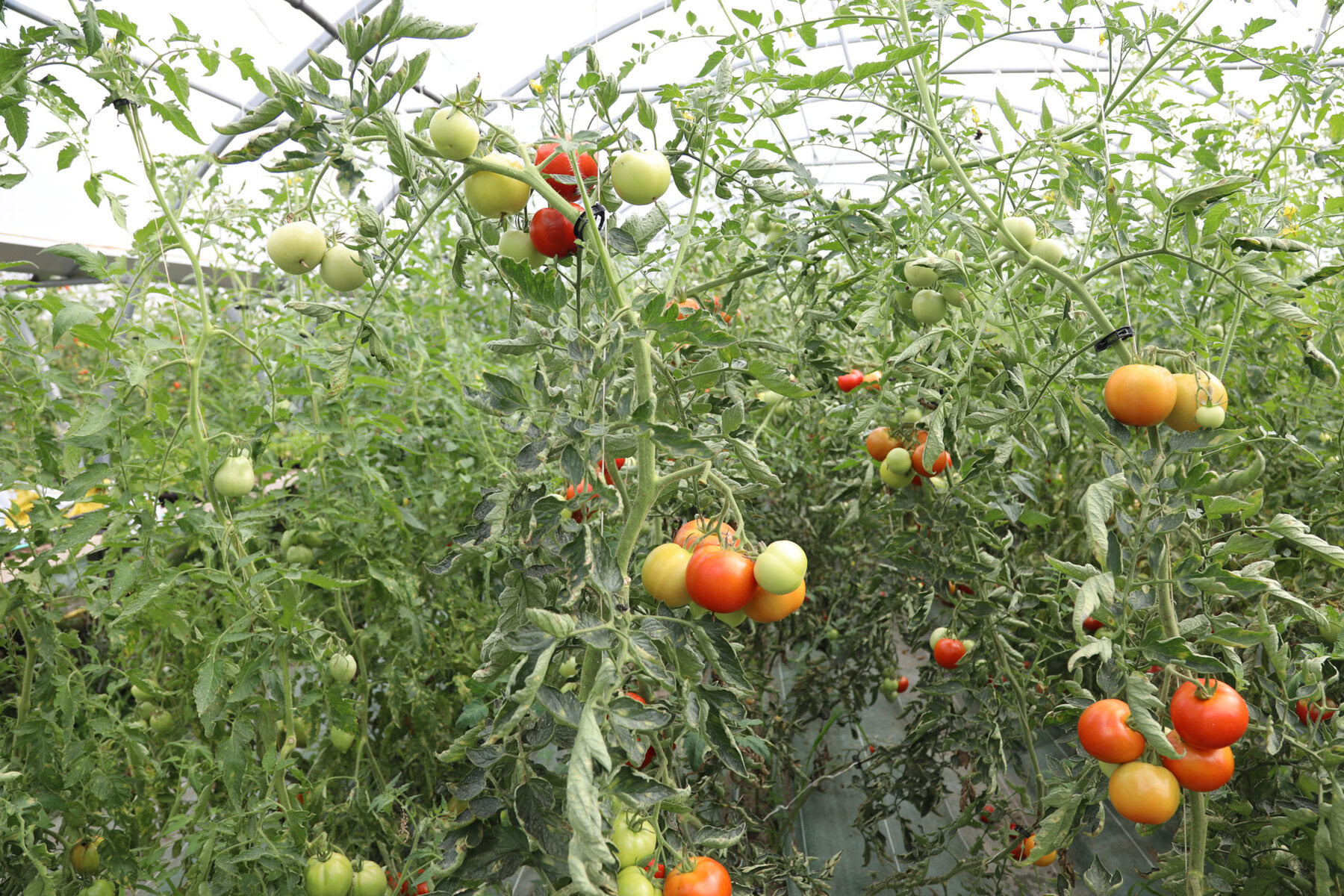This story was originally published by Reasons to be Cheerful
Before they became farmers, Lore Apesteguy was working at an arts center in Strasbourg, France, giving tours of exhibitions, and her partner, Alexandre Chevalier, an engineering graduate, was unhappily employed at a large corporate company.
In 2019, they decided to make a radical change and left France to learn about permaculture farming for a year in northern Colombia. On their return, the pair contacted various farms to volunteer and continue their development, but they struggled to find jobs or apprenticeships.
That is, until one day, when they discovered an initiative in the southwest of France that is helping young people become the country’s next generation of farmers via low-risk, small-scale and closely-supported projects — and thereby helping create ultra-local networks of organic, seasonal and low-carbon produce for city-dwellers.
The so-called “Green Belt” project, which began in the French municipality of Pau, rents out modest, two-hectare plots of farmland near the city that are already prepared and equipped at an affordable rate for fledgling farmers.
“The Green Belt corresponded perfectly to our needs,” says Apesteguy, 30. She and Chevalier, 28, have run their farm in Rontignon on the outskirts of Pau since February 2022. “It’s very difficult to find farming land here. And even then we would have needed a bank loan, which we would have almost certainly been refused.”
Prospective farmers, who must submit detailed proposals for their farm projects, are connected with city markets and local restaurants for sales as well as a subscription service that allows deliveries of food crates to consumers. Through the process, technical advisers working for the Green Belt provide mentoring and technical support on the latest methods, such as robotic systems, new crop species and irrigation optimization.

During the summer agricultural peak in July, Apesteguy and Chevalier’s farm, known as Cultivate!, is a picture of fertility.
More than 40 different types of fruit and vegetables are grown on the site, a wedge of land in the shadow of the Pyrenees Mountains, including bok choy, fennel, leeks, turnips, beetroot, basil, sweet potato, cucumber and watermelon. By choice, all their work is done by hand, i.e. without the aid of machines, to maximize flavor and minimize emissions, and largely follows permaculture methods such as reusing garden waste as fertilizer.
“We like that it’s small scale,” says Apesteguy, her hands still muddy from potting seedlings.
Crushed by negative news?
Sign up for the Reasons to be Cheerful newsletter.
The pair were drawn to farming for environmental reasons — and for the benefits of working in nature every day. “It’s really cool that this is my office,” adds Apesteguy.
The Green Belt efforts began after authorities in Pau realized that their local food system could collapse amid a looming crisis of mass farmer retirements. In 2019, a survey carried out by the municipality revealed that as many as 70 percent of farmers in the region were due to retire or close their farms within the next decade.








